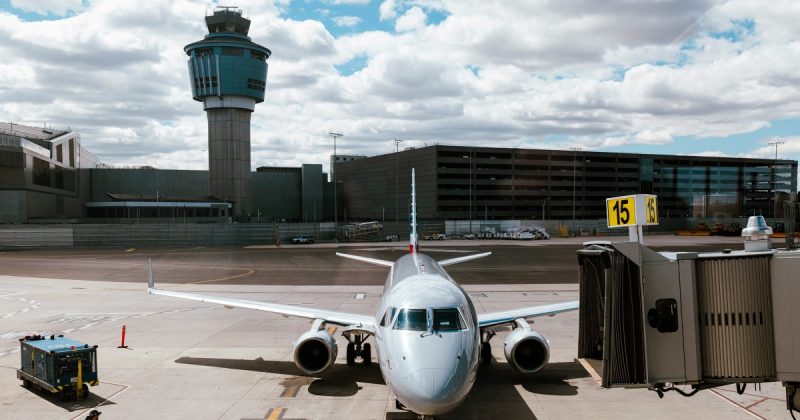
A harrowing near-miss occurred at New York’s LaGuardia Airport earlier this month, leaving passengers shaken and raising serious questions about air safety. A Republic Airways jet, operating a flight for American Airlines, had to execute a dramatic emergency brake maneuver just as it was beginning its takeoff run. The reason? A United Airlines plane was still taxiing across the runway.
The abrupt stop sent passengers, including Renee Hoffer, sprawling forward in their seats. Hoffer’s experience was particularly jarring; the force of the deceleration was so intense that she ended up in the emergency room the following day with a painful neck injury and numbness in her arm. “The stop was as hard as any car accident I’ve been in,” she recounted.
This incident is currently under investigation by both the Federal Aviation Administration (FAA) and the National Transportation Safety Board (NTSB). The close call is particularly concerning given that LaGuardia is equipped with the Advanced Surface Detection System-X (ASDS-X), a state-of-the-art radar system designed to prevent precisely this type of event. Audio recordings obtained from LiveATC.net reveal a conversation between the air traffic controller and the Republic Airways pilot, with the controller admitting, “Sorry, I thought United had cleared well before that.” It appears a breakdown in communication between ground and air traffic control contributed to the near-collision.
Adding to Hoffer’s distress, she reported difficulties navigating the aftermath of the incident. Upon deplaning, gate agents reportedly refused to provide hotel vouchers, attributing the delay to weather despite a passenger’s app clearly showing another aircraft on the runway. Hoffer’s subsequent attempts to address her complaints with both the airline and the FAA have thus far been unsuccessful, leaving her grappling with both physical and bureaucratic challenges.
The frequency of near-misses at airports in recent years has become a growing concern for aviation safety experts. The NTSB’s investigation into a similar incident in Austin in 2023, along with other high-profile near misses, underscores the need for improved safety protocols. While LaGuardia is one of only 35 airports nationwide equipped with the ASDS-X system, the incident highlights that even advanced technology isn’t a foolproof guarantee against runway incursions. The remaining 490 U.S. airports with control towers still rely on less sophisticated methods for ground traffic monitoring.
The FAA is actively working to mitigate such risks. Transportation Secretary Sean Duffy has proposed a multi-billion-dollar plan to modernize the nation’s air traffic control system, a key component of which would be expanding the ASDS-X technology to more airports. Furthermore, the FAA is exploring supplementary safety measures, including the implementation of a new warning system at LaGuardia and the development of a pilot-direct warning system. This system, currently under development by Honeywell International, would provide pilots with immediate alerts about runway traffic, potentially shaving off crucial seconds in emergency situations.
The incident serves as a stark reminder of the potential for catastrophic consequences, even at airports with advanced safety features. The legacy of the Tenerife airport disaster in 1977, where a collision between two 747s resulted in 583 fatalities, underscores the critical need for continuous improvement in air safety measures and effective communication protocols to prevent future near misses.










